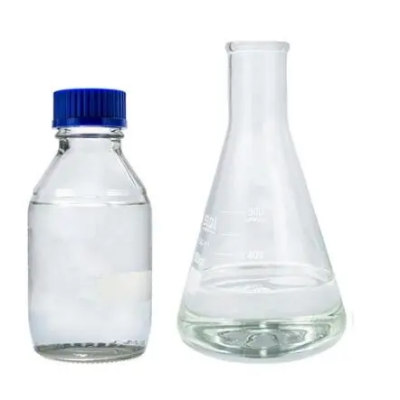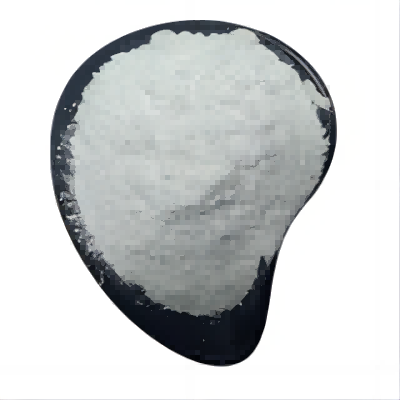Diphenylphosphine CAS:829-85-6
Diphenylphosphine serves a variety of important roles in both industrial and research settings, primarily due to its reactivity and ability to form stable complexes with metals. One of its key applications is as a ligand in coordination chemistry. Diphenylphosphine binds to transition metals, forming metal-phosphine complexes that are crucial in catalyzing a range of chemical reactions, including hydrogenation and cross-coupling reactions. These catalysts are widely used in the synthesis of fine chemicals and pharmaceuticals, facilitating the development of complex organic molecules. In the pharmaceutical industry, diphenylphosphine is leveraged for its ability to enhance the efficacy of drugs by improving their solubility and bioavailability. Its properties allow for the modification of drug candidates through palladium-catalyzed cross-coupling reactions, streamlining the process of drug development. Additionally, diphenylphosphine is used in the production of flame retardants, additives, and stabilizers in polymers. It can improve the thermal stability and performance of various materials, making it valuable in plastics, textiles, and coatings. The presence of phosphorus in its structure can help mitigate flammability, contributing to safety in various applications. Furthermore, diphenylphosphine has potential uses in the field of organic electronics, particularly in the development of phosphorescent materials and devices. Its functionalized derivatives may lead to new advancements in optoelectronic materials, paving the way for innovative technologies. Overall, diphenylphosphine's versatility makes it a significant compound in diverse scientific and industrial applications.






| Composition | C12H11P |
| Assay | 99% |
| Appearance | white powder |
| CAS No. | 829-85-6 |
| Packing | Small and bulk |
| Shelf Life | 2 years |
| Storage | Store in cool and dry area |
| Certification | ISO. |









